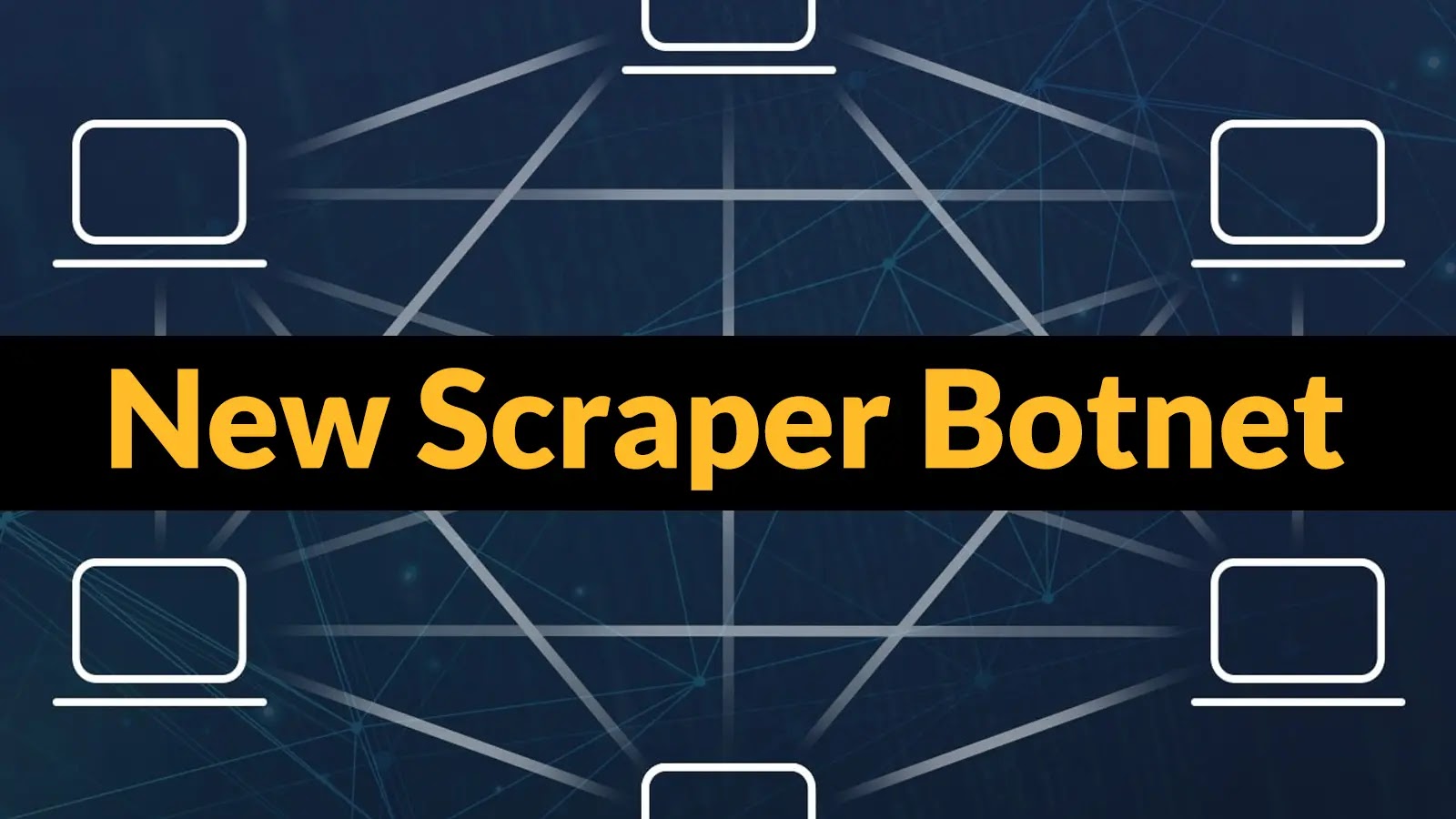In April 2025, cybersecurity researchers identified a sophisticated scraper botnet comprising over 3,600 unique devices systematically targeting systems in the United States and the United Kingdom. This development marks a significant escalation in automated web scraping attacks, utilizing a globally distributed infrastructure with a notable concentration of compromised devices in Taiwan.
Operational Tactics and Techniques
The botnet employs a deceptively simple approach, using the user-agent string Hello-World/1.0 while executing repeated GET requests across ports 80-85 in an evenly distributed pattern. Despite the basic user-agent identifier, the true complexity lies in the malware’s behavioral fingerprinting, rendering traditional detection methods inadequate.
GreyNoise analysts identified this previously untracked variant through advanced network fingerprinting techniques, moving beyond conventional signature-based detection to analyze the actual behavior of infected devices. The research team developed a sophisticated detection methodology using JA4+ signatures, creating a meta-signature that captures the botnet’s unique network behavior patterns.
Geographic Distribution and Implications
The geographic distribution reveals a troubling concentration, with 1,934 IP addresses originating from Taiwanese networks, representing 54% of the total botnet infrastructure. This clustering suggests either widespread compromise of a common technology deployed across Taiwan or exploitation of a shared vulnerability affecting local systems.
Advanced Detection Through Behavioral Analysis
The breakthrough in identifying this botnet came through implementing JA4+ signature analysis, which combines JA4H (HTTP fingerprint) and JA4T (TCP fingerprint) technologies. The JA4H component captures how HTTP headers are ordered and formatted, while JA4T encodes the specific manner in which devices establish network connections. This behavioral approach creates a detection signature that cannot be easily spoofed or evaded, as it relies on fundamental network behavior rather than easily manipulated identifiers.
Broader Context: The Evolution of Botnets
The emergence of this scraper botnet is part of a broader trend in the evolution of botnets. In recent years, botnets have grown in size and sophistication, leveraging outdated and vulnerable devices to launch large-scale attacks. For instance, in April 2025, a record-breaking botnet consisting of 1.33 million devices was reported, primarily targeting systems in Brazil, Argentina, Russia, Iraq, and Mexico. This botnet was notable for its massive scale and the speed at which it was assembled, indicating a shift towards more aggressive and expansive botnet operations.
Similarly, the IoT Reaper botnet, discovered in August 2024, compromised over one million devices, including IP cameras and home routers. Unlike traditional botnets that exploit default credentials, IoT Reaper utilized software exploits to gain access to devices, highlighting a trend towards more sophisticated attack vectors.
Implications for Cybersecurity
The rise of such botnets underscores the urgent need for enhanced cybersecurity measures. Manufacturers are often motivated to minimize costs and time to market, sometimes at the expense of security. This approach has led to a proliferation of devices with inadequate security features, making them susceptible to exploitation. To combat this, there is a pressing need for realigning market incentives to promote a better balance between security and convenience in product development.
Furthermore, the international nature of these botnets poses challenges for mitigation efforts. Many significant attacks have targeted devices outside the United States, indicating the need for international cooperation and the establishment of global cybersecurity standards. Such measures could help disrupt botnet attacks and expand the market for products that contribute to the resilience of the digital ecosystem.
Recommendations for Mitigation
To mitigate the threat posed by evolving botnets, several strategies can be employed:
1. Regular Firmware Updates: Ensuring that all devices have the latest firmware updates can close known vulnerabilities that botnets exploit.
2. Changing Default Credentials: Many botnets gain access to devices using default usernames and passwords. Changing these credentials can prevent unauthorized access.
3. Network Segmentation: Isolating IoT devices from critical network infrastructure can limit the spread and impact of botnet infections.
4. Behavioral Monitoring: Implementing advanced detection methods that analyze device behavior, such as JA4+ signature analysis, can identify and mitigate botnet activity more effectively than traditional signature-based methods.
5. International Collaboration: Engaging in global partnerships to establish and enforce cybersecurity standards can help address the cross-border nature of botnet threats.
Conclusion
The discovery of this sophisticated scraper botnet targeting systems in the U.S. and U.K. highlights the evolving nature of cyber threats. As botnets become more complex and widespread, it is imperative for individuals, organizations, and governments to adopt proactive and collaborative approaches to cybersecurity. By implementing robust security measures and fostering international cooperation, the resilience of the digital ecosystem can be strengthened against the growing menace of botnets.



